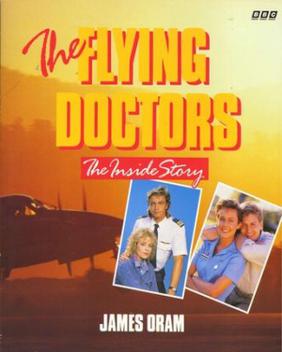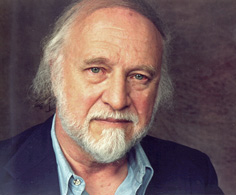What is happening in Greece reminded me of a horrible event that I experienced firsthand--the 1992 riots in Los Angeles. I was then working at the University of Southern California, which is situated next to the neighborhood where the riots first broke out on Wednesday, April 29th. When the verdicts of the "Rodney King" trial were announced that afternoon (four White officers were found not guilty of using excessive force to arrest a Black suspect), many of my co-workers and I went home early in anticipation that there might be some trouble as the news of the verdict spread. By rush hour, the first major incident started when a group of young men began ruthlessly attacking White and Latino motorists at the corner of Florence and Normandie. I had made it home by then, but I watched live television as Reginald Denny was pulled from his big-rig truck and beaten to unconsciousness by a gang of thugs as a news helicopter flew overhead. The L.A. police were ordered to keep away from the intersection, so they waited around a few blocks away. One of the thugs, Damian Williams, danced around as he kicked Denny and held his fists in the air, taunting the news helicopter. Denny was finally rescued when an African American truck driver, Bobby Green, Jr., who had watched the beating on his television, decided to go to the intersection, pull Denny to safety, and drive him to an emergency room in Denny's truck. That live news coverage of the events at the intersection certainly contributed to the mayhem that occurred for the next six days. It was clear that no one was in charge. Looting began in earnest. That first night I even saw a group of USC students loot a shoe store on live TV. Over 1000 buildings were set on fire. Fifty-three people were killed, most of them murdered. The Los Angeles area was shut down. I stayed locked up in my apartment for three days, smelling the smoke of fires burning 10 miles away. It felt like the end of civilization.
Finally, after days of little action, the state and federal governments sent National Guard units, marines, and soldiers to Los Angeles. One of the command posts was at the Coliseum, a large sports arena (and site of the '84 Olympics) next door to USC. On Day 4, a Saturday, we started to drive around again, and I remember feeling somewhat safer when I saw troops patroling the perimeter of the USC campus. When we later returned to work we discovered that a group of shops about a block away from the psychology building had been burned to the ground. These included some Korean businesses, which were favored targets during the first 24 hours of the riots. As the days and weeks passed, life finally returned to normal. A year later, there was little mention in our everyday conversations about how the world had seemed to fall apart so quickly. To this day, however, I am still aware of the fragility of our social institutions. I sometimes grow nervous that I'll once again have to experience the kinds of riots that are now going on in Greece. It might seem highly unlikely here in Oz, but don't forget about those riots in the Sydney suburb of Cronulla just three year ago.





 Can you figure out what this is?
Can you figure out what this is?








 Since 1984 Australia has used $1 and $2 gold coins instead of paper bills, so I won't be tracking money here. There are $5, $10, $20, $50, and $100 bills. Each is a different colour, which means there is little confusion when I go digging for money in my wallet. Still, I wonder what the chances are that one of my Aussie dollars will end up in Mendham, NJ some day.
Since 1984 Australia has used $1 and $2 gold coins instead of paper bills, so I won't be tracking money here. There are $5, $10, $20, $50, and $100 bills. Each is a different colour, which means there is little confusion when I go digging for money in my wallet. Still, I wonder what the chances are that one of my Aussie dollars will end up in Mendham, NJ some day.


